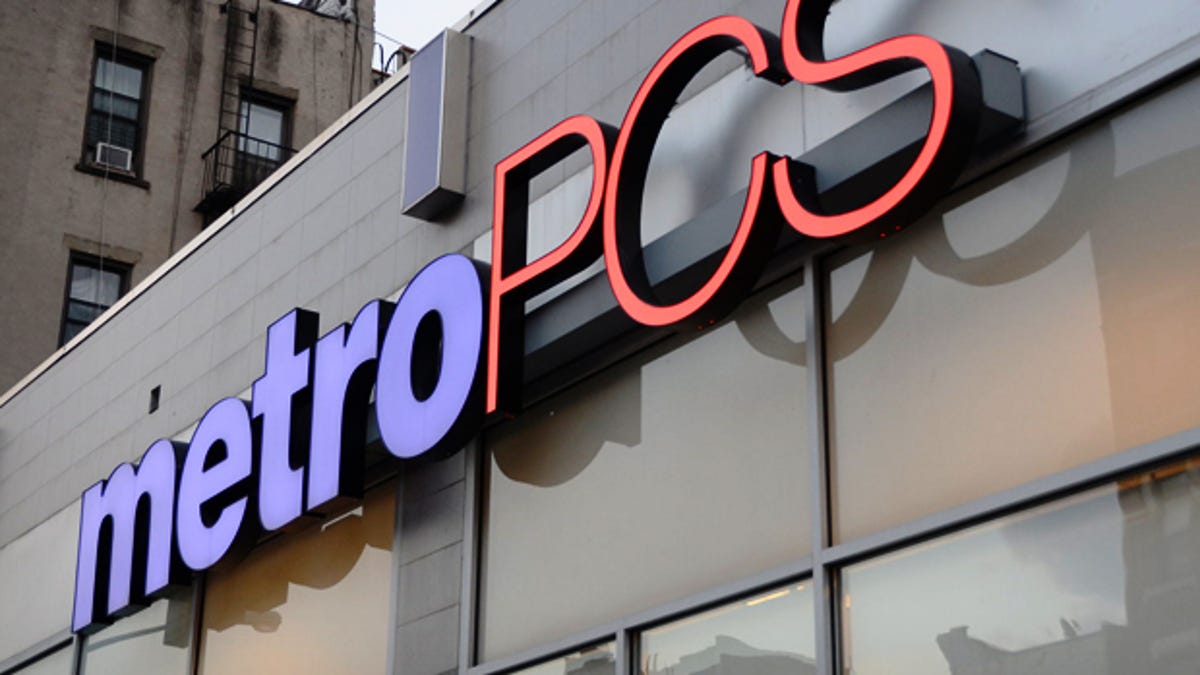Cheap smartphones will go mainstream by 2017, study says
More than half of the smartphones sold in 2017 will be priced under $150 as demand for entry-level devices soars over the next few years.

Affordable smartphones will make up the majority of sales by 2017 as consumer gravitate toward entry-level devices, according to a study from research firm Informa.
Informa said that 52 percent of smartphones will be priced below $150, underscoring demand for the devices from the emerging markets.
That marks a dramatic shift in the smartphone market now, which is dominated by super-smartphones priced at $200 or higher. The
Last year, expensive smartphones, priced at $250 or above, made up 83 percent of the market, according to Informa. That share could drop to 33 percent by 2017.
"As the market develops, the supply chain will increasingly be divided between two camps - the innovators who will continue to introduce new features and high-performance components to the market place and followers who will take this innovation to the mass market in later years," said Informa analyst Malik Saadi.
The shift isn't good news for handset manufacturers who are used to creating high-end devices that garner hefty profit margins. Many have already reduced their product lines to just a few higher quality products a year, even as they struggle to retain market share in a business increasingly dominated by Apple and Samsung Electronics. The firm believes many will struggle to adapt to the new market dynamics.
Many consumers don't actually see how expensive a smartphone is, thanks to subsidies that mask the actual cost of the device. In exchange for that subsidy, however, consumers take on long-term contracts with high monthly fees. As a result, more people are turning to prepaid, but are learning that smartphones aren't nearly as cheap.
The market of the future will be increasingly split between high-end smartphones that require heavy subsidies, and lower end devices that cost $150 without a contract.
That trend is already driven by low-cost prepaid carriers such as MetroPCS, or Sprint Nextel's Boost Mobile and Virgin Mobile prepaid arms. Nokia, meanwhile, has tried to insert smartphone features such as touchscreen into its low-end Asha line of phones.

